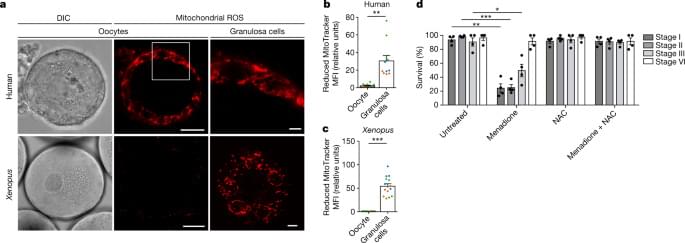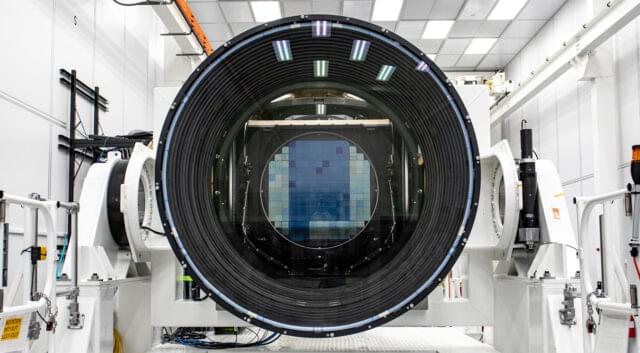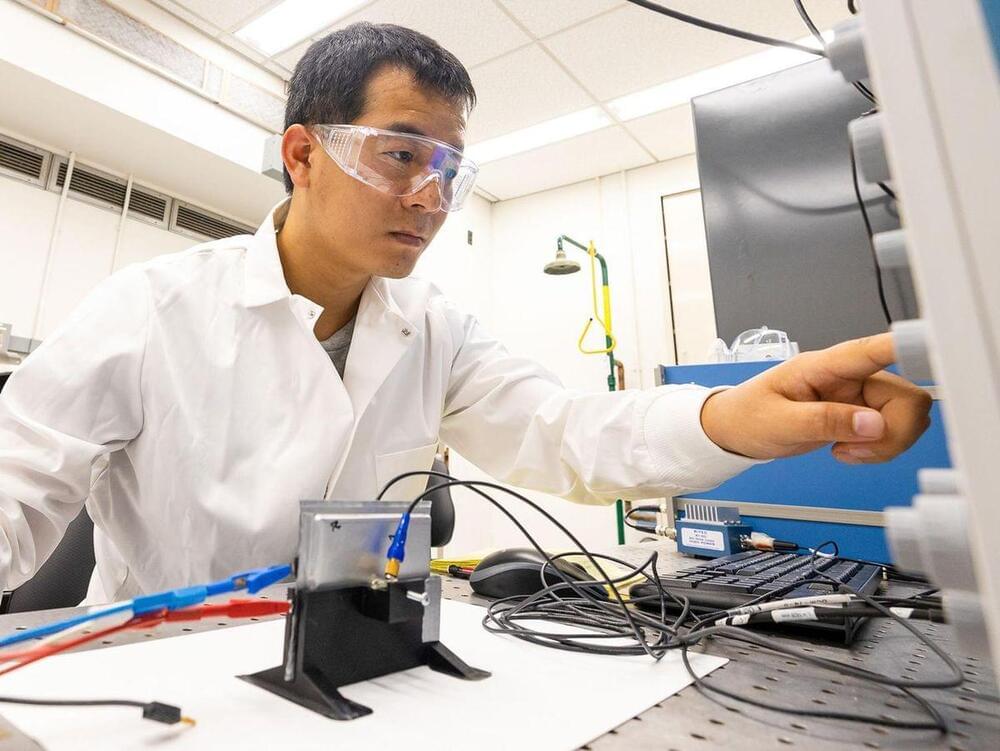Experiments have shown how the world’s hardiest microbe could endure freezing, dry and irradiated conditions on Mars.



The world wide web is not enough, because scientists have managed to transmit data at a staggering 1.84 petabits per second — nearly twice the amount of global internet traffic in the same interval.
That blows the previous record for data transmission using a single light source and optical chip of one petabit per second out the water. And to put that ridiculous amount into perspective, a petabit is equal to one million gigabits. A single gigabit, or 1,000 megabits, is about the fastest download speed money can buy for most households.
To achieve the astonishing feat, researchers from the Technical University of Denmark (DTU) and Chalmers University of Technology used a custom optical chip that can make use of a single infrared light by splitting it into hundreds of different frequencies that are evenly spaced apart. Collectively, they’re known as a frequency comb. Each frequency on the comb can discretely hold data by modulating the wave properties of light, allowing scientists to transmit far more bits than conventional methods.

Dr. Peter Fedichev, Ph.D. is the CEO of Gero (https://gero.ai/), a biotech company focused on hacking complex diseases, including aging, with AI for novel drug discovery, as well as digital biomarkers.
Gero’s models originate from the physics of complex dynamic systems, combining the potential of deep neural networks with the physical models to study dynamical processes and understand what drives diseases.
Dr. Fedichev has a background in biophysics, bioinformatics and condensed matter physics, earning his Ph.D. from the University of Amsterdam, and he conducted research at FOM Institute AMOLF (part of the institutes organization of the Dutch Research Council of Netherlands) and the University of Innsbruck.
To date, Dr Fedichev has published over 70 papers covering his research on physics, biophysics and aging biology.




Ultrasound sensors as small as a thumbnail can scan lithium-ion batteries to check their charge, health, and safety, a new study finds.
The findings suggest that ultrasound—that is, sound waves at frequencies higher than human hearing can detect—might one day help electric vehicles better estimate how much charge remains in their batteries. This approach might also help detect unstable batteries on the verge of disaster, quickly test battery quality during manufacturing, and identify which used batteries are healthy enough to be resold to reduce waste, says study lead author Hongbin Sun, an ultrasonic engineer at the Oak Ridge National Laboratory, in Tennessee.
Estimating how much charge is left in a commercial lithium-ion battery is currently a challenging task. For instance, electric vehicles typically experience an uncertainty of about 10 percent when estimating battery charge. This in turn reduces their driving range by about 10 percent, to ensure that they stay within their batteries’ safety margins.

Electric bees 🐝🌞
“When I looked at the data, I was kind of surprised to see that it had a massive effect,” says Hunting. It was already known that individual bees carry a small charge, but a voltage of this magnitude had never been documented in swarming honeybees before.
The team deployed additional electric field monitors in combination with video cameras to measure the electric field and swarm density, and waited for the bees at nearby hives to naturally swarm. The researchers recorded three swarms passing the monitors for around 3 minutes at a time. They found that the bee swarms created an electric charge ranging from 100 to 1,000 volts per metre. By analysing the proximity of bees to each other in the swarms, the team found that the denser the swarm, the stronger the electric field was.
Hunting compared the bees’ highest charge to previous data on meteorological events like fair-weather storm clouds, thunderstorms and electrified dust storms, and found dense bees swarms outcharged them all. Their charge density was around eight times as great as a thunderstorm cloud and six times as great as an electrified dust storm.
Egypt hides many secrets.
The modern country we see today was built atop thousands and thousands of years of history crafted by countless pharaohs and rulers that reigned over the land of the golden sands and the River Nile.
And while we have uncovered many of ancient Egypt’s histories and secrets, many more remain hidden beneath the sands of the land of the pharaohs, waiting for the day when adventurous explorers will uncover that which has remained hidden for millennia.